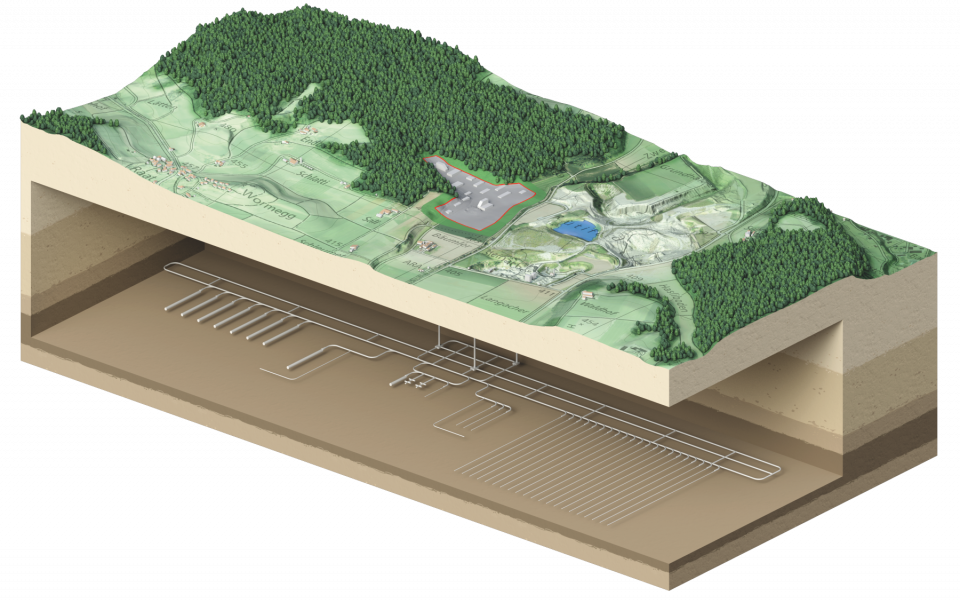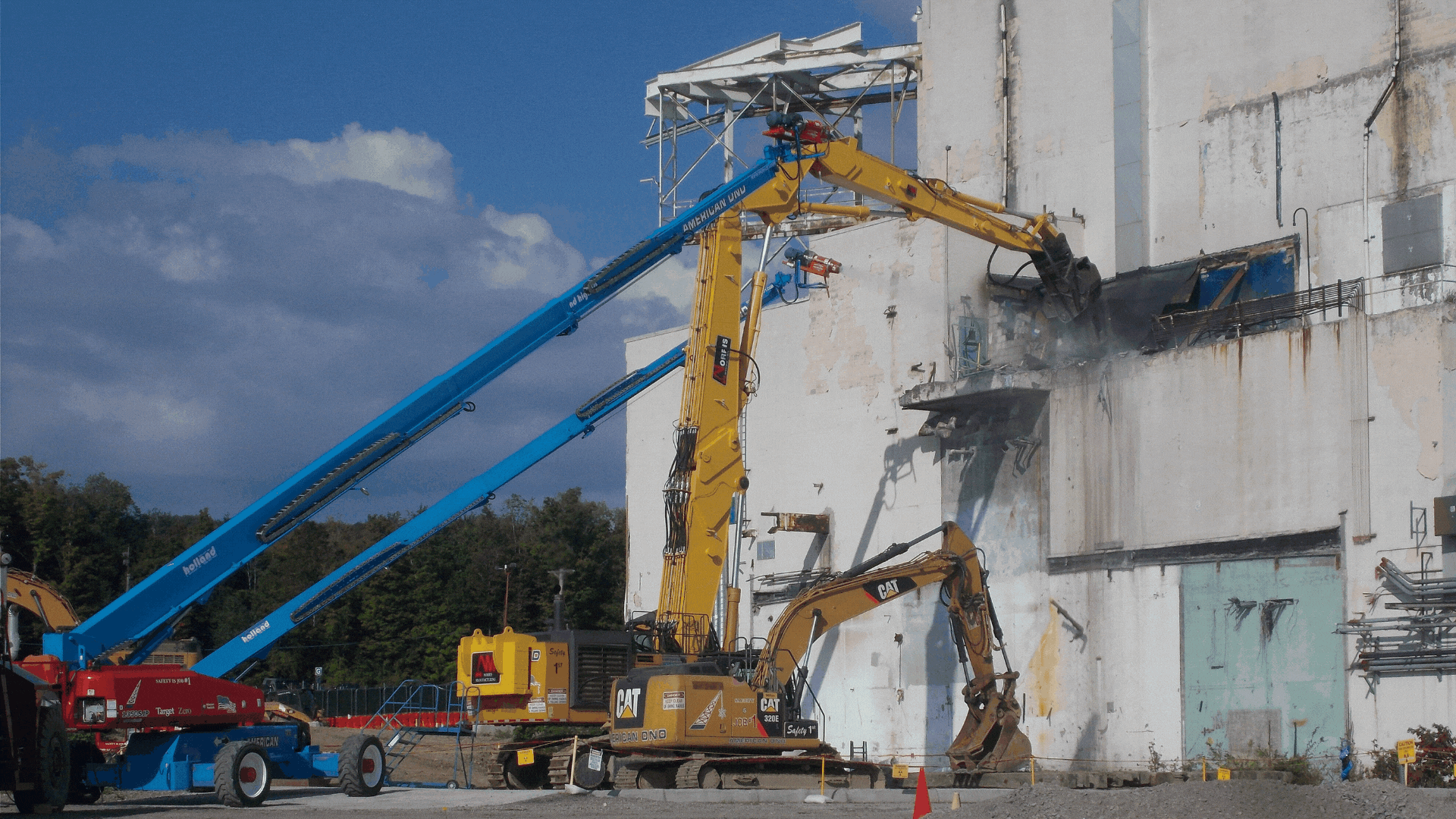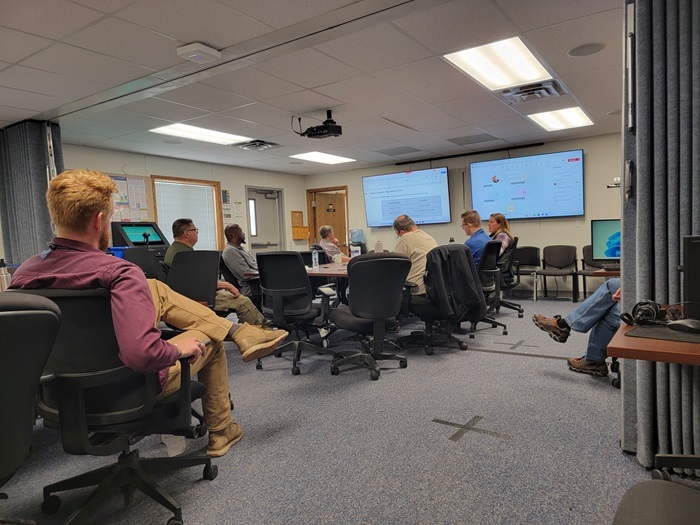ANS Annual Meeting: Mapping the winding road to used fuel disposal
The question “What about the waste?” is typically thrown out by the antinuclear crowd as an attempt to bog down the discussion of nuclear development. However, with renewed interest in nuclear power—and new advanced reactors in particular—what to do about used nuclear fuel is coming to the fore as a question that needs resolving.










